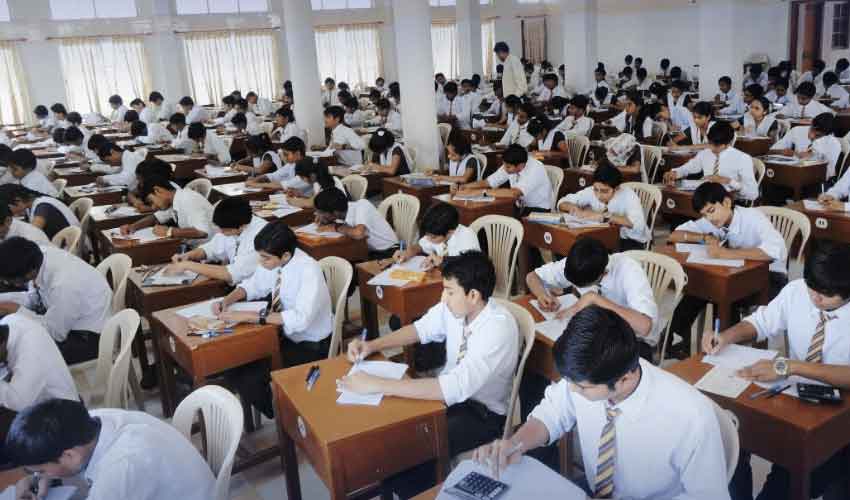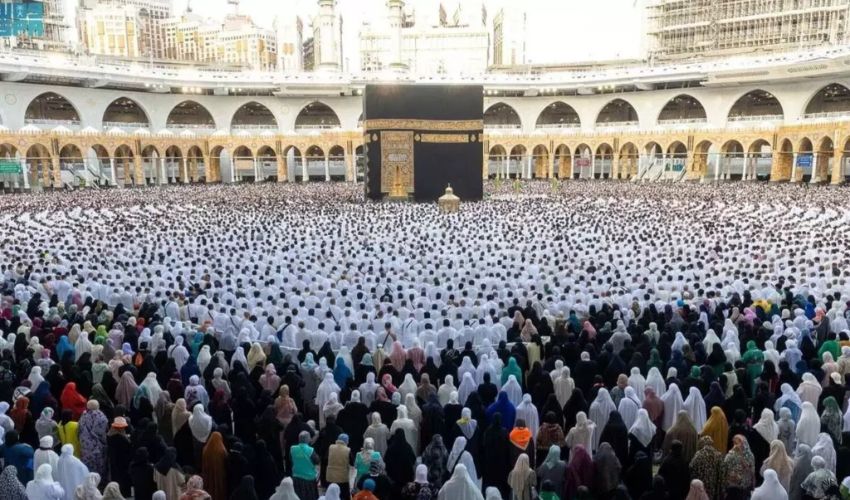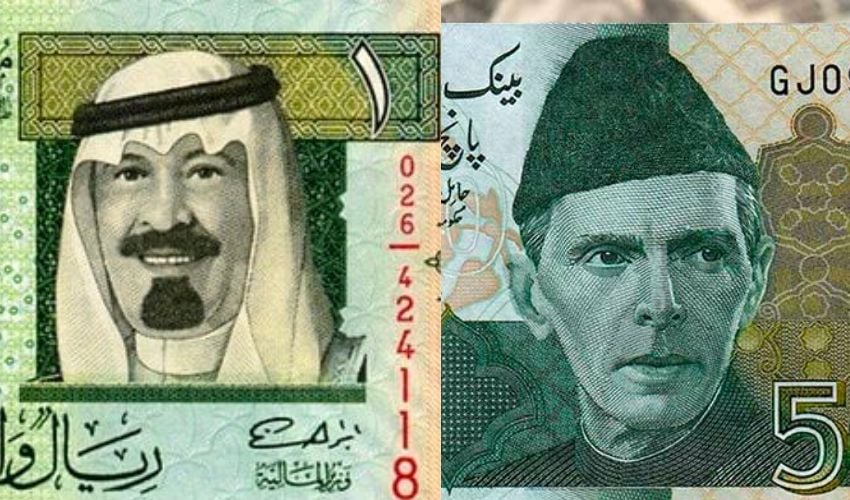When observing the cycle of news surrounding violence and attacks within India, particularly those occurring in contested regions, a distinct pattern emerges, argue critics.
It appears to be a recurring script: an attack occurs, and almost immediately, often before comprehensive details emerge or evidence is presented, official Indian sources direct blame towards Pakistan. This rapid attribution is viewed by some analysts not merely as hasty, but potentially as a component of a broader hybrid warfare strategy with significant human costs.
Critics contend that the objectives behind this alleged playbook are manifold: to internationally isolate and discredit Pakistan, to divert domestic attention from internal issues, and potentially to consolidate political support, especially around election periods. This sequence of events – the attack, the swift accusation, the political leveraging – seems predictable, yet its consequences remain profoundly serious, often appearing timed with disturbing precision to maximize political impact and stoke public fear.
Historical incidents fuel this critical perspective. Let us rewind to the painful memory of the 2007 Samjhauta Express bombing. Sixty-eight men, women, and children lost their lives in that horrific blast. In the immediate chaos and grief, the story seemed simple: India pointed the finger firmly at Pakistan. For many, this provided a focus for their anger and sorrow.
But imagine the profound sense of unease, the feeling of the ground shifting beneath your feet, when later investigations reportedly started painting a completely different, deeply disturbing picture. Whispers grew into reports linking the bombing to Hindu extremist groups within India, even mentioning names like Major Ramesh Upadhyay, supposedly tied to India's own military. Suddenly, the clear narrative fractured. It forces one to ask, “Who were the real faces behind this tragedy? Was the initial anger, the public grief, deliberately steered in the wrong direction?”
It brings to mind the chilling echo of the 2008 Mumbai attacks. The sheer horror of those days is seared into collective memory. India leveraged that raw, global shock brilliantly, cementing an image of Pakistan as the orchestrator of the terror. It felt like a truth carved in stone. Yet, years down the line, disturbing claims began to emerge, suggesting a far more complex and potentially unsettling reality lay hidden beneath the surface. That feeling of certainty began to crack. Former CBI official Satish Verma, in 2013, reportedly suggested the attacks might have been allowed to occur, or possibly facilitated internally, as a pretext to implement stricter anti-terror legislation. Such allegations, if substantiated, point towards a profound betrayal of public trust.
The timing of other violent events has also felt deeply unsettling to observers, raising uncomfortable questions. Think back to April 2018: tourists from Kerala, simply seeking to experience the beauty of Kashmir, were tragically attacked. This happened right on the cusp of significant state elections, making it hard for cynics not to wonder if grief was being weaponized for political gain.
Adding to the disquiet were later, explosive claims reportedly made by the former governor of Jammu and Kashmir, Satya Pal Malik. He suggested the catastrophe stemmed from serious security lapses that were ignored, and hinted that the immense tragedy might have been politically exploited – perhaps even allowed to happen – purely for electoral benefit
Then came the shock of Pulwama in 2019 – forty paramilitary personnel lost their lives, leaving families shattered across India. Yet, almost before the nation could fully process the horror, Prime Minister Modi was publicly condemning Pakistan, even though clear, irrefutable proof wasn't immediately shared. Adding to the disquiet were later, explosive claims reportedly made by the former governor of Jammu and Kashmir, Satya Pal Malik. He suggested the catastrophe stemmed from serious security lapses that were ignored, and hinted that the immense tragedy might have been politically exploited – perhaps even allowed to happen – purely for electoral benefit. Such thoughts are profoundly disturbing. More recently, in 2023, five soldiers paid the ultimate price in Rajouri. This loss occurred precisely while Indian Prime Minister Modi was actively campaigning, rallying crowds. The way their deaths were instantly framed to fit the ruling BJP's familiar anti-Pakistan and anti-Muslim narrative struck many as almost chillingly convenient, weaving individual tragedies seamlessly into a pre-existing political script.
Against this backdrop, the recent incident reported in Pahalgam [hypothetically dated 2025 in the original prompt, treated here as a recent event within the narrative's context] is seen by critics not as an isolated event, but as the latest iteration of this alleged pattern. Occurring during a high-profile visit by US Vice President J.D. Vance, the timing is interpreted by some as a calculated move to influence international opinion and reinforce accusations against Pakistan on a prominent stage.
But here’s the question that constantly hangs heavy in the air, challenging India's story about attacks in IIOJK: How, in one of the most densely militarized places on Earth, do devastatingly effective attacks keep happening? Imagine living there, where reports suggest nearly 700,000 Indian soldiers and personnel stand guard. That's roughly one soldier for every seven ordinary people trying to live their lives. It conjures images of checkpoints, patrols, constant surveillance – an environment supposedly locked down tighter than a drum.
So, when you hear that in this heavily fortified place, shadowy attackers can supposedly waltz in repeatedly, execute sophisticated and deadly plans, and then vanish like ghosts... it frankly feels bewildering. It asks people to believe something that seems almost logistically impossible, testing the limits of credulity. How do they pull it off, time and again, under such intense scrutiny? It seemingly contradicts the pervasive security apparatus India claims to maintain.
This apparent contradiction forces observers to question the official accounts. The persistent pattern – immediate blame on Pakistan lacking transparent evidence, followed by leaks, contradictions, or claims suggesting internal complicity or manipulation – leads critics to argue that the narrative presented by India is not just challenged, but potentially fabricated. This recurring sequence, they contend, undermines India's credibility and leaves behind a trail of violence, grieving families, and eroded trust.



























